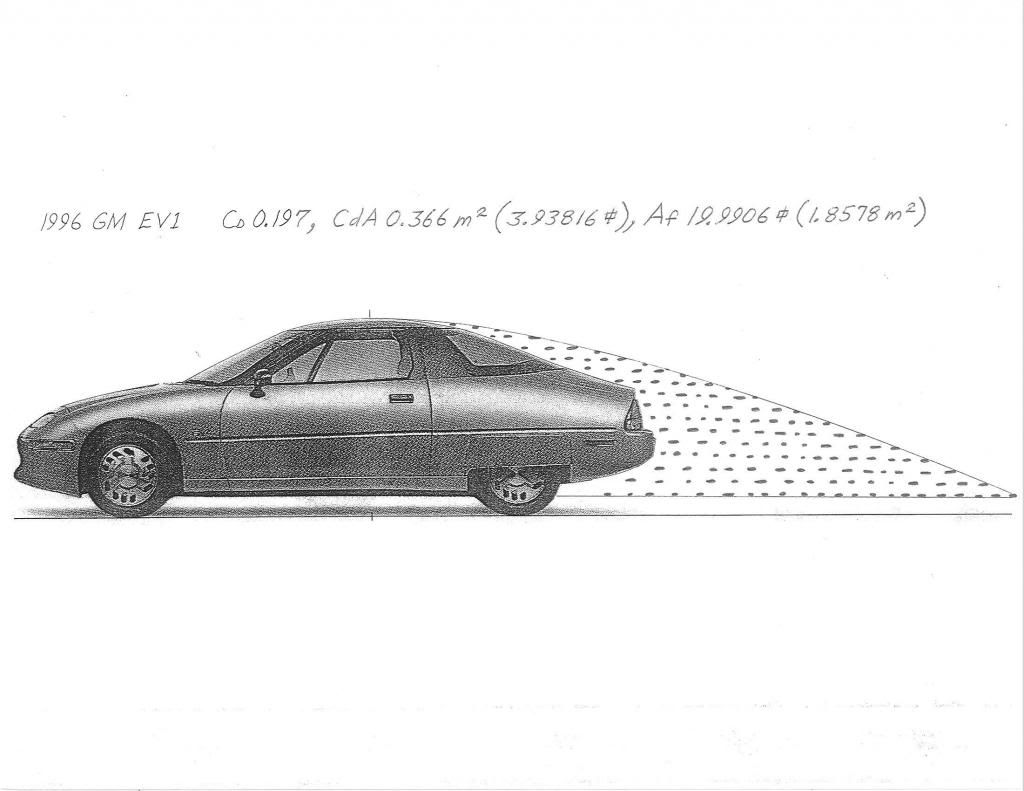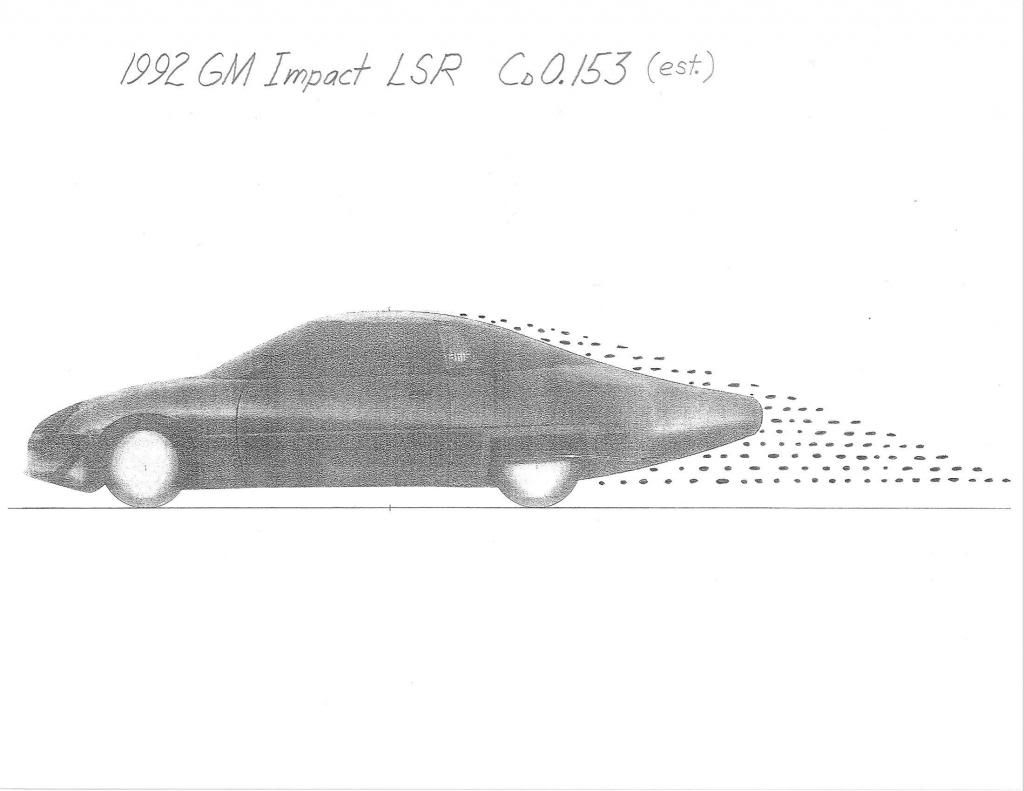Quote:
Originally Posted by Xist

We try to make cars more aerodynamic, but race cars regularly sacrifice CD for downforce and other concerns that are not ours. Honestly, I do not know what good either of those spoilers would do, but I found a picture of the front of that second Civic, The World's Fastest Civic:

They fastened those bands across the roof?
Have you ever used the aerodynamic template tool for your car? My spoiler is a couple of inches high, but still several inches under the template, so it probably does not affect airflow at all. If you made a rear wing that extended past your bumper, you should be able to reattach airflow. Good luck!
There have been some discussions of the double spoilers of the Merkur Xr4ti, but that still does not approach the template.
 |
It's important to keep in mind that the template is an idealized form; it isn't the only way to do things, and most real-world, low-drag cars do not adhere to it. Aerodynamics are too complex to distill into a single shape and say that's the only way to do it.
Example: the GM EV1 is drastically sub-template, yet achieved a very low Cd. And, with a tail extension that was also sub-template, set a land speed record for electric cars with an estimated Cd .15.


Similarly, the Merkur XR4/Ford Sierra formed the basis for Ford's Probe III, which didn't change the body shape or double-decker spoiler. It achieved Cd .23:

Typically, Bonneville cars are set up for low drag above downforce, as most of them are ballasted and quite heavy.
The strips on the backlight and roof are probably for lateral stability, as are the spoiler endplates.